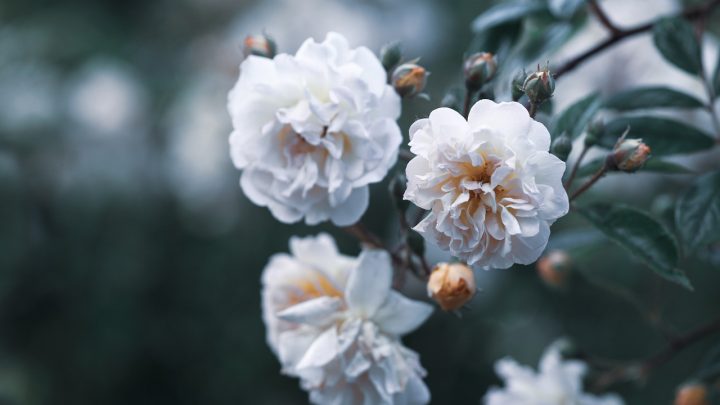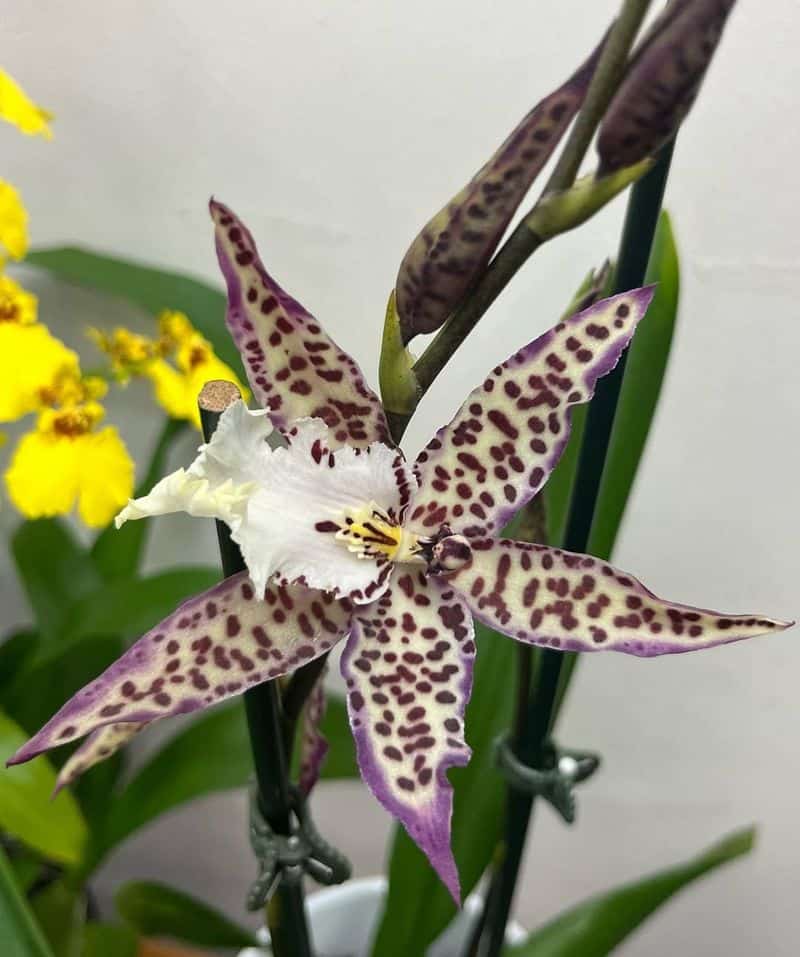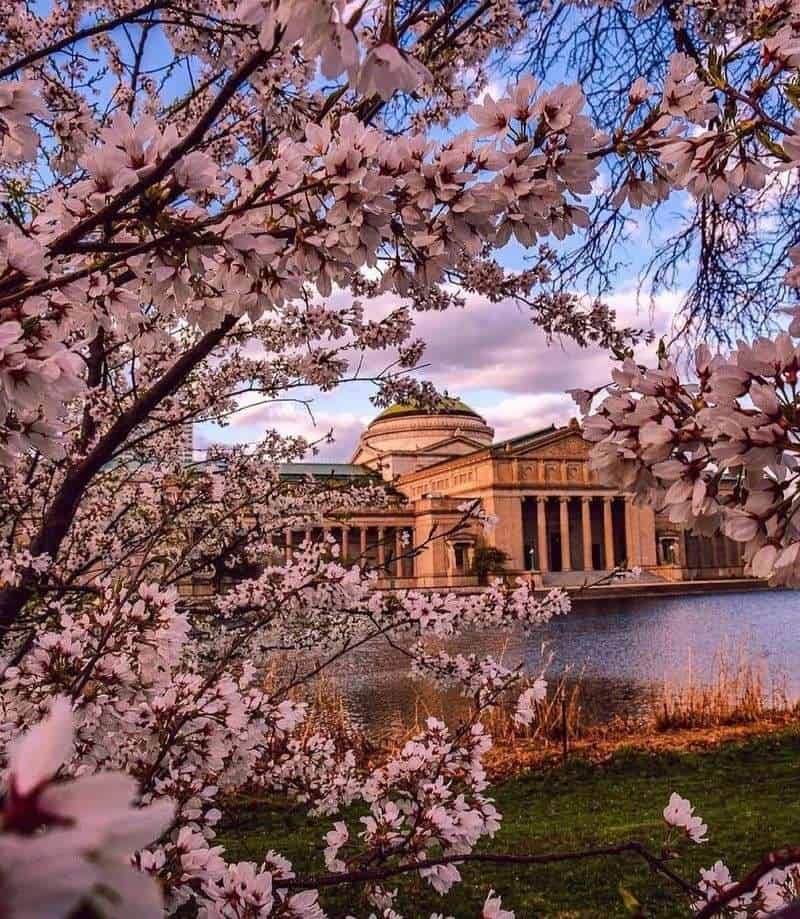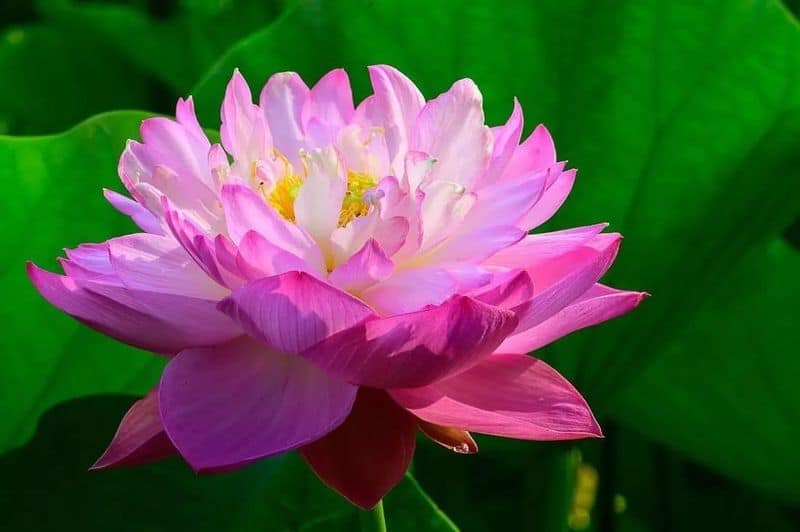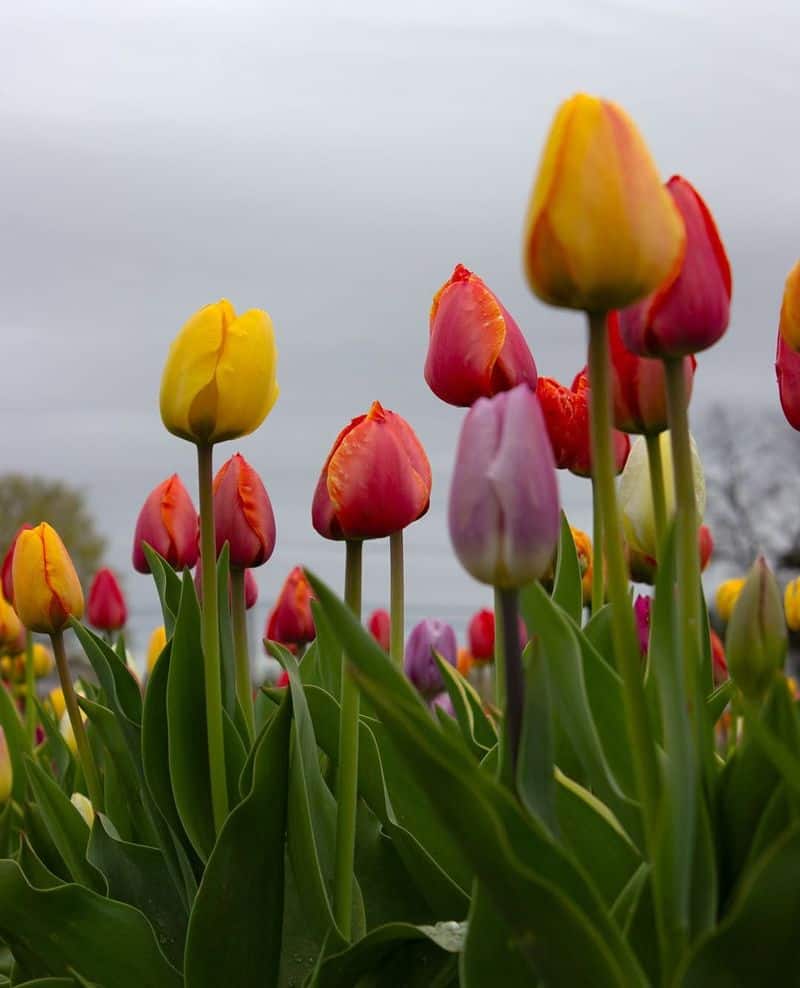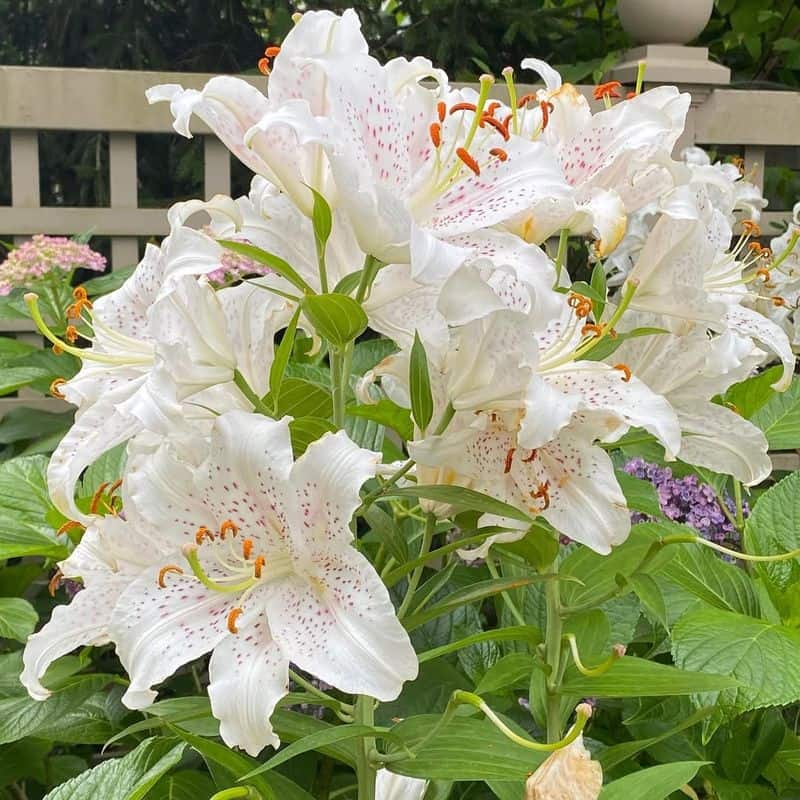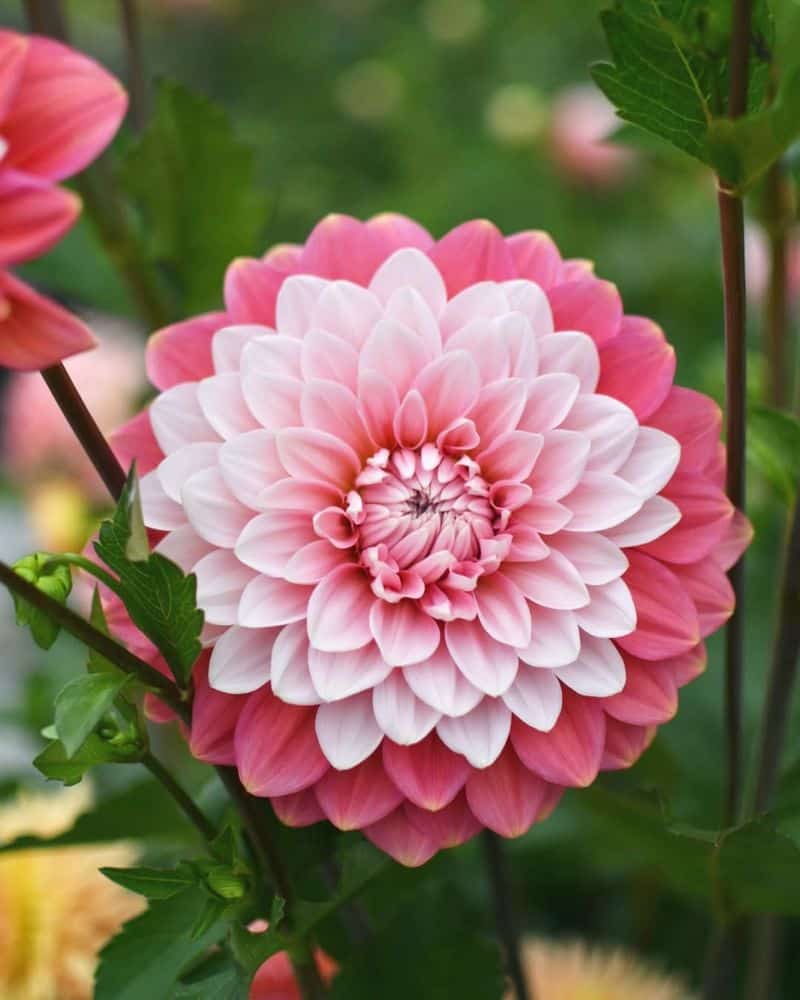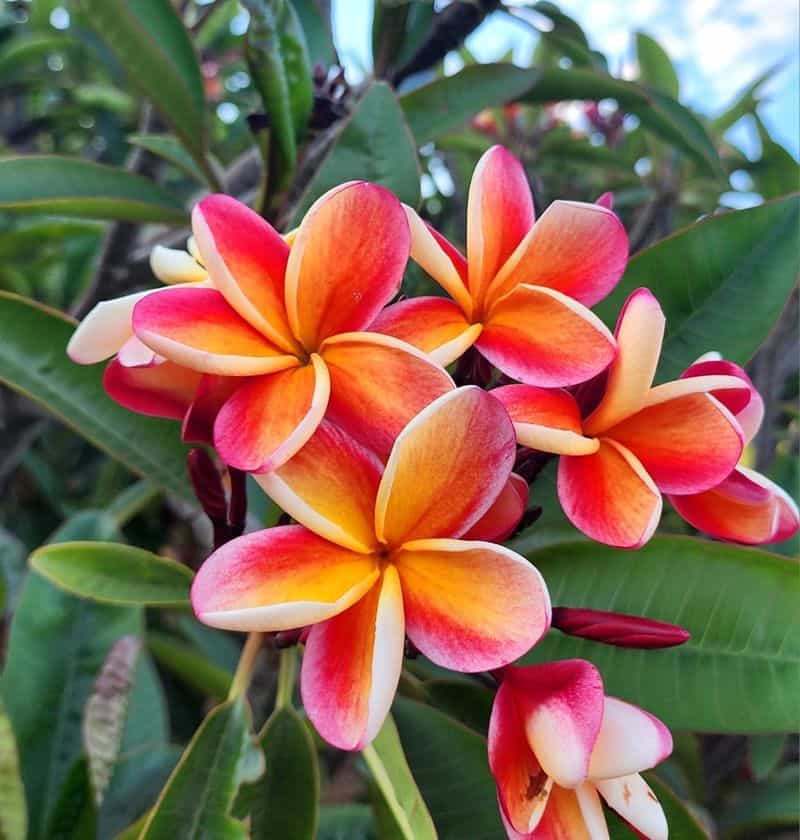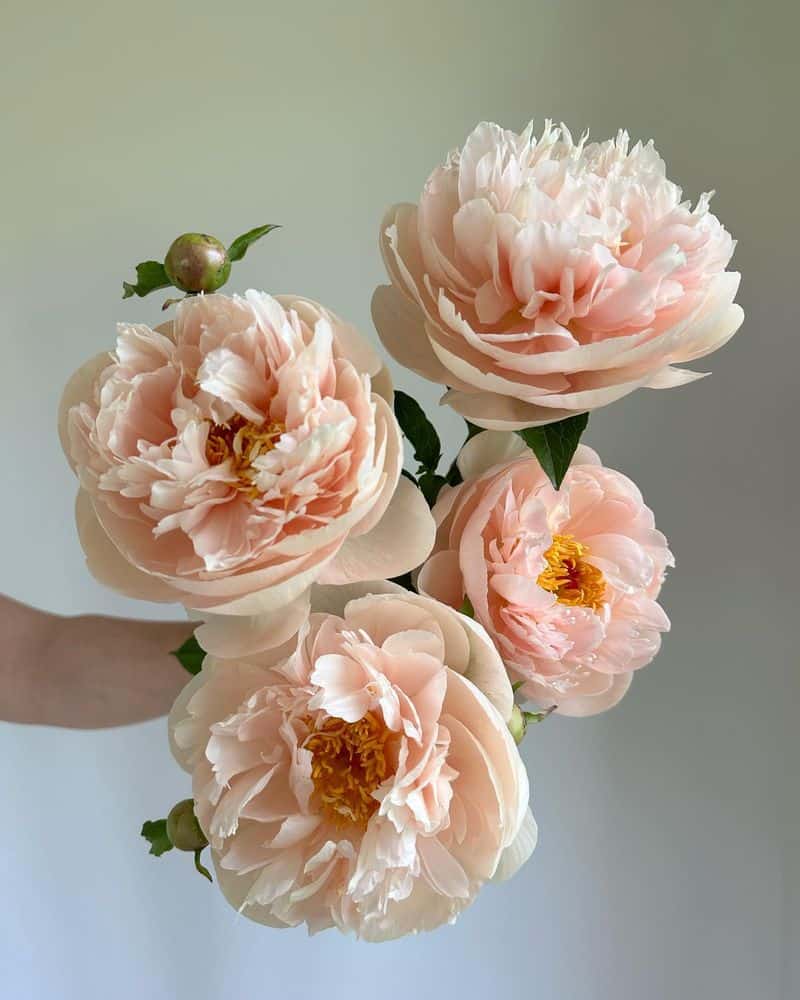Flowers speak a language all their own, telling stories through their colors, shapes, and fragrances. Throughout history, these natural wonders have captivated our hearts and inspired countless works of art.
Beyond their physical beauty, each bloom carries special meanings that have evolved across cultures and time periods, making them perfect messengers for our deepest emotions.
1. Roses: Nature’s Love Letters
Standing regally in gardens worldwide, roses have whispered tales of love for centuries. Their velvety petals unfold like chapters in a romance novel, revealing layers of meaning depending on their color.
Red roses declare passionate love, while pink ones speak of admiration and joy. White roses symbolize purity and new beginnings, perfect for weddings and fresh starts.
Ancient Greeks associated roses with Aphrodite, goddess of love. When you gift someone a rose, you’re not just sharing beauty—you’re continuing a tradition that spans thousands of years across nearly every human civilization.
2. Orchids: Exotic Messengers of Refinement
Mysterious and alluring, orchids captivate with their sculptural forms and surprising resilience. Despite their delicate appearance, these flowers can thrive in challenging environments, symbolizing strength beneath beauty.
Ancient Greeks believed orchids could determine a baby’s gender, while Victorians treasured them as symbols of luxury. In Chinese medicine, they’ve been used for centuries to treat coughs and lung diseases.
Modern orchid lovers appreciate their symbolism of refined beauty, fertility, and thoughtfulness. With over 25,000 species naturally occurring worldwide, orchids represent the incredible diversity of nature’s artistic expression.
3. Cherry Blossoms: Fleeting Beauty of Spring
For just a few magical weeks each year, cherry trees burst into clouds of pink and white blossoms that transform landscapes into fairytale scenes. Their brief blooming period makes them especially precious in Japanese culture, where they’re called ‘sakura.’
Cherry blossoms remind us that life’s most beautiful moments are often the most fleeting. The tradition of hanami (flower viewing) dates back over a thousand years, with people gathering beneath the trees to celebrate renewal.
Beyond their ephemeral beauty, these delicate flowers symbolize the transient nature of life—a gentle reminder to appreciate each moment before it drifts away like petals on the wind.
4. Lotus: Rising Pure From the Mud
Growing from murky waters yet blooming immaculately clean, the lotus flower embodies spiritual awakening across Eastern traditions. Every night, lotus flowers close and sink underwater, only to emerge unstained each morning—a powerful metaphor for rebirth.
In Buddhism, the lotus represents purity of body, speech, and mind. Hindu tradition associates different-colored lotuses with various deities, particularly connecting the pink lotus to Lakshmi, goddess of prosperity.
What makes this flower truly remarkable is its journey: rooted in mud, growing through cloudy water, and finally reaching sunlight unblemished. This natural miracle has inspired countless souls seeking enlightenment through life’s murky challenges.
5. Tulips: Cups of Perfect Love
‘Tulipmania’ once drove Dutch traders to exchange a single tulip bulb for the price of a house! These cheerful blooms sparked history’s first speculative bubble in the 1600s, showing how deeply flowers can enchant us.
Originally treasured in the Ottoman Empire, tulips carry different meanings based on their colors. Red tulips declare true love, while purple represents royalty. Yellow tulips once symbolized hopeless love but now brighten days with sunny associations of cheerful thoughts.
Their simple, elegant cup shape makes tulips among the most recognizable flowers globally. When fields of tulips bloom across the Netherlands each spring, they create living rainbows that draw visitors from around the world.
6. Jasmine: Stars of Sweet Serenity
Evening gardens come alive with jasmine’s intoxicating fragrance, releasing their strongest scent after sunset as if calling to the stars they resemble. These tiny white flowers pack an aromatic punch that perfumers have prized for centuries.
Jasmine flowers symbolize purity, sensuality, and grace across various cultures. In Indonesia, they’re woven into bridal hair as blessings for marriage, while in Thailand, they represent motherhood and are offered at temples.
Beyond their beauty, jasmine flowers offer practical benefits—jasmine tea soothes nerves and improves sleep quality. The name derives from Persian ‘yasmin,’ meaning ‘gift from God’—fitting for a flower that delights multiple senses simultaneously.
7. Lilies: Trumpets of Majesty
Lilies announce their presence boldly, with trumpet-shaped blooms that seem to herald something important. Their regal appearance has earned them places in royal gardens and religious artwork throughout history.
Easter lilies symbolize resurrection and hope in Christian traditions, while calla lilies represent magnificent beauty. Ancient Greeks associated lilies with motherhood, and Chinese medicine has utilized lily bulbs for centuries to soothe coughs.
Madonna lilies were so revered in medieval Europe that they appeared in countless paintings of the Virgin Mary. The flower’s graceful form and sweet fragrance continue to make it a favorite for important occasions from weddings to funerals—marking life’s most significant moments.
8. Dahlias: Geometric Wonders of Elegance
Looking at a dahlia bloom is like peering through a kaleidoscope—perfectly arranged petals create mesmerizing geometric patterns. Named after Swedish botanist Anders Dahl, these flowers were once grown as food crops by the Aztecs before their decorative potential was recognized.
Dahlias symbolize dignity, elegance, and inner strength. Their remarkable diversity—with over 42 species and thousands of cultivars ranging from tiny pompoms to dinner-plate sized blooms—makes them favorites among gardeners seeking something unique.
Mexico declared the dahlia its national flower, honoring its origins in the country’s mountain regions. Victorian flower language assigned dahlias the meaning of ‘forever thine,’ making them enduring symbols of commitment and lasting beauty.
9. Plumeria: Fragrant Stars of Paradise
Walk through any Hawaiian garden and you’ll likely catch plumeria’s sweet perfume dancing on the breeze. These five-petaled stars create the iconic lei necklaces that welcome visitors to Pacific islands with their irresistible fragrance.
Despite their tropical associations, plumerias originated in Central America and are named after French botanist Charles Plumier. In Hindu culture, the flowers adorn temples and religious ceremonies, while in Bali, they’re placed behind the ear—right ear for available, left for committed!
Plumerias symbolize new beginnings, creation, and sheltering protection. Their ability to bloom even after being cut from the plant represents perseverance through challenges, while their intense fragrance reminds us to appreciate life’s sweetest moments.
10. Peonies: Blushing Symbols of Prosperity
Peonies unfold like nature’s origami, transforming from tight balls into lush, ruffled blooms that can last for generations. Some peony plants have thrived for over 100 years, passing through multiple family generations!
Ancient Chinese tradition regards peonies as omens of good fortune and happy marriages. The flower’s name comes from Paeon, physician to the gods in Greek mythology, connecting these blooms to healing powers.
During the Victorian era, bashful maidens would hide their faces behind peony bouquets when embarrassed—giving rise to the association with shame and shyness. Modern interpretations focus on their beauty and abundance, making peonies popular wedding flowers symbolizing a prosperous, happy life together.

